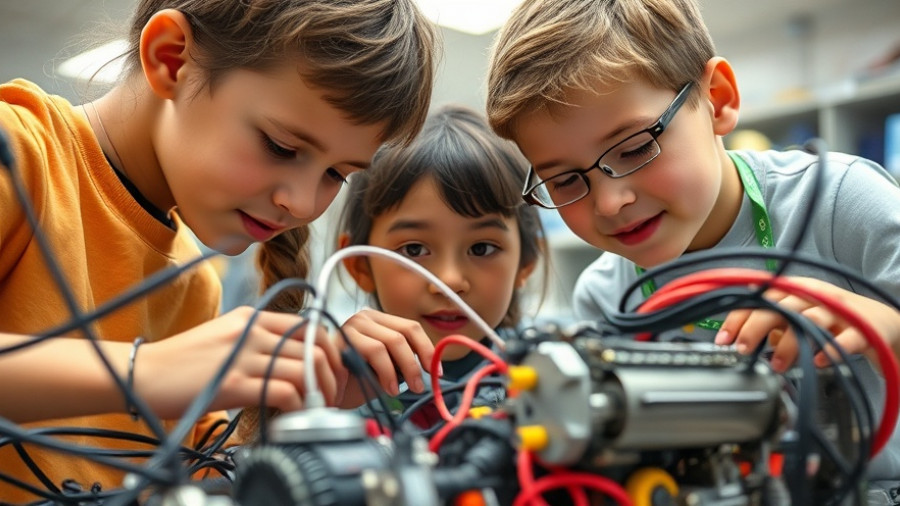
Meta’s AI Brain Drain: A Troubling Trend for Innovation
In a world where artificial intelligence (AI) stands at the frontier of business innovation, recent reports reveal a concerning trend: researchers at Meta’s Superintelligence Labs are leaving almost as quickly as they were recruited. This trend raises critical questions about the company’s strategy and the overall health of AI research and development in the tech industry.
Why Are AI Researchers Leaving Meta?
According to an exclusive scoop from WIRED, at least three researchers from Meta's newly established Superintelligence Labs have departed to rejoin OpenAI and other competitors. One primary reason for this exodus appears to be dissatisfaction with Meta’s management and a desire for what is perceived as a more conducive research environment elsewhere. This trend mirrors a broader narrative in the tech industry, where many AI professionals are increasingly seeking opportunities that promise greater creative freedom and ethical alignment in their work. The challenge for Meta lies in retaining top talent to realize its ambitious objectives in AI development.
The Impact of AI on Employment for Young Workers
A recent Stanford University study highlighted in this week's podcast detailed how AI tools are beginning to replace entry-level jobs, particularly affecting younger workers. As startups and established enterprises alike incorporate cutting-edge AI into their tech stack, many positions that once served as gateways to the professional world are becoming obsolete. This phenomenon speaks volumes about the precarious landscape that young job seekers face. Tech-savvy entrepreneurs need to rethink how they can align business software with a workforce that might soon demand a different skill set altogether.
Future Trends: What Lies Ahead for AI and Employment
Looking ahead, the question remains: what does this mean for the future of work in industries dependent on AI? With ongoing advancements, the integration of AI into business processes is expected to accelerate, potentially reshaping entire sectors. It’s crucial for entrepreneurs to proactively prepare their teams for this shift by reskilling current employees and embracing a more adaptable business model. Early adopters of innovative AI tools may find themselves at a significant advantage, securing their positions in an ever-competitive marketplace.
AI Tools Helping Reimagine Job Structures
In light of these changes, several SaaS platforms are emerging to help organizations optimize their tech stacks while navigating the evolving employment landscape. By leveraging advanced AI tools, businesses can automate routine tasks, allowing employees to focus on more strategic initiatives that require human insight and creativity. These tools not only streamline operations but also redefine job responsibilities, suggesting a potential shift toward roles that emphasize oversight and strategic thinking over repetitive tasks.
Youth and the Changing Ecosystem of Work
For the younger generations stepping into the workforce, adapting to a world driven by AI will be paramount. Educational institutions are beginning to integrate technology curriculums that emphasize creativity, ethical considerations in technology, and continuous learning. For entrepreneurs engaged in hiring young talent, understanding these educational shifts can provide valuable insights into how to attract and retain promising candidates who are equipped to meet the demands of a tech-forward economy.
Call to Action: Stay Updated and Embrace the Change
The evolving landscape of AI in the workplace is something every tech-savvy entrepreneur needs to monitor closely. As Meta and other industry leaders grapple with talent retention amidst the rise of AI tools, businesses must position themselves advantageously. Embrace the change by investing in the right technologies and fostering a culture of continuous learning. If you want to remain competitive, now is the time to rethink your strategies and prepare your business for the AI-driven future.
 Add Row
Add Row  Add
Add 




Write A Comment